Scotland's drug death crisis in six charts
- Published
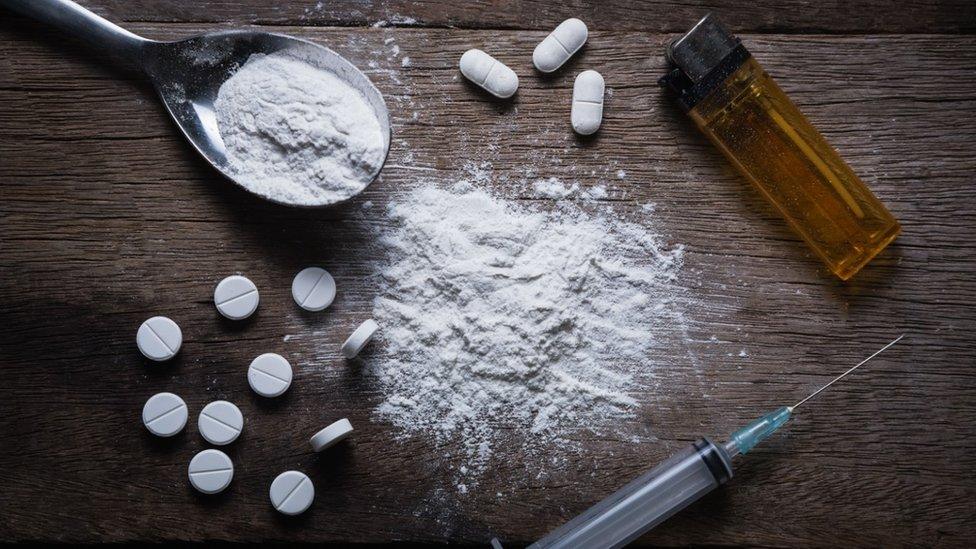
Much-delayed figures for last year have shown a record number of deaths from drug misuse in Scotland for the sixth year in row.
The figures for 2018 led to the crisis being called a public health emergency.
The latest stats show a 6% rise on that figure to 1,264.
The official figures for 2019 were delayed six months by a backlog of toxicology results and the Covid-19 pandemic.
1. The worst rate in Europe?
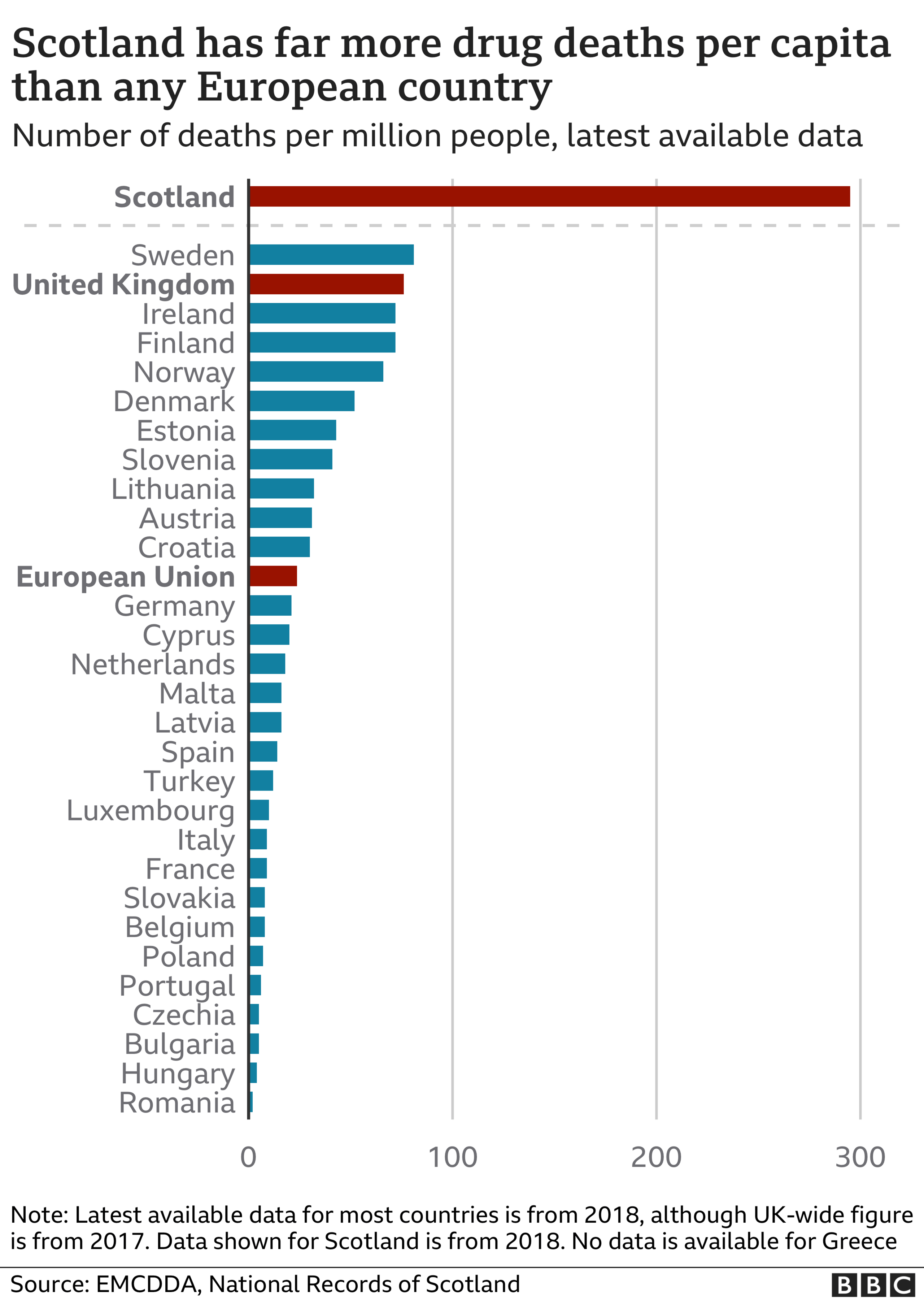

Scotland's drug-related death rate remains higher than all other EU countries but it needs to be said that there are recognised issues with under-reporting in some countries.
While it seems likely that the problem in many countries is worse than official figures suggest, Scotland's drug-related death rate is by far the highest.
It is more than three and a half times that of England and Wales.
The National Record of Scotland report, external cites research from the European Monitoring Centre for Drugs and Drug Addiction, which says Scotland has the highest recorded drug death rate in Europe.
According to the report, Scotland had 295 drug deaths per million of the population aged between 15 and 64 in 2018. The next highest was Sweden at 81 and the UK at 76.
2. The biggest drugs killers
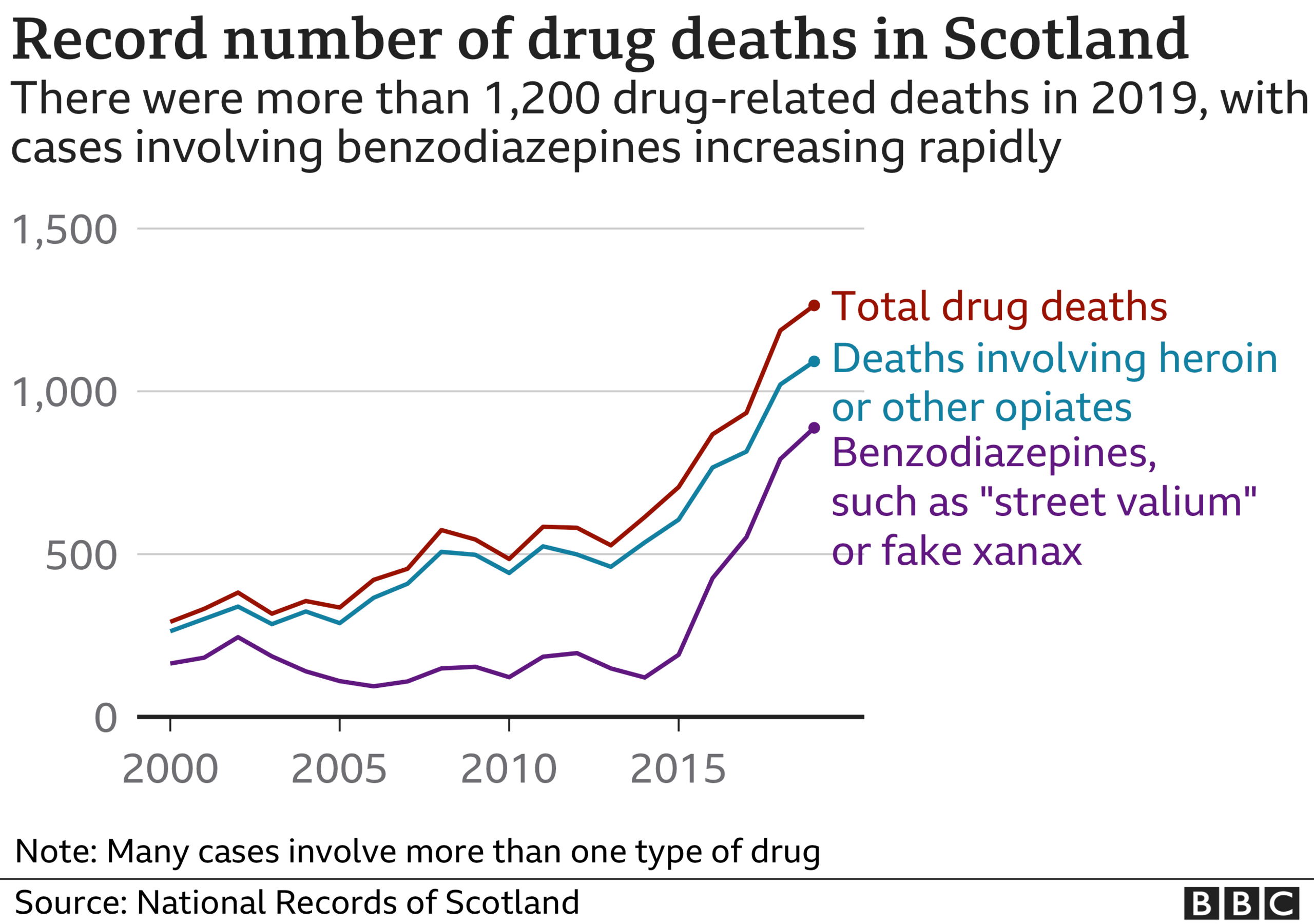

The vast majority of drug-related deaths in Scotland are of people who took more than one substance, so-called poly-drug use.
Opiates such as heroin and methadone are implicated in the majority of deaths but users are often taking a lethal cocktail of drugs which increasingly includes benzodiazepines such as etizolam - pills which are often dealt as "street valium" or "street blues".
Street benzos, which are sold for as little as 50p a pill, contributed to 814 deaths, of which 752 involved etizolam.
Experts say high-risk opioid users typically misuse benzodiazepines to self-medicate or increase the effects of heroin or methadone. They also take benzos to treat symptoms of psychiatric disorders, negative emotional states and withdrawal symptoms.
3. The rise of the benzos
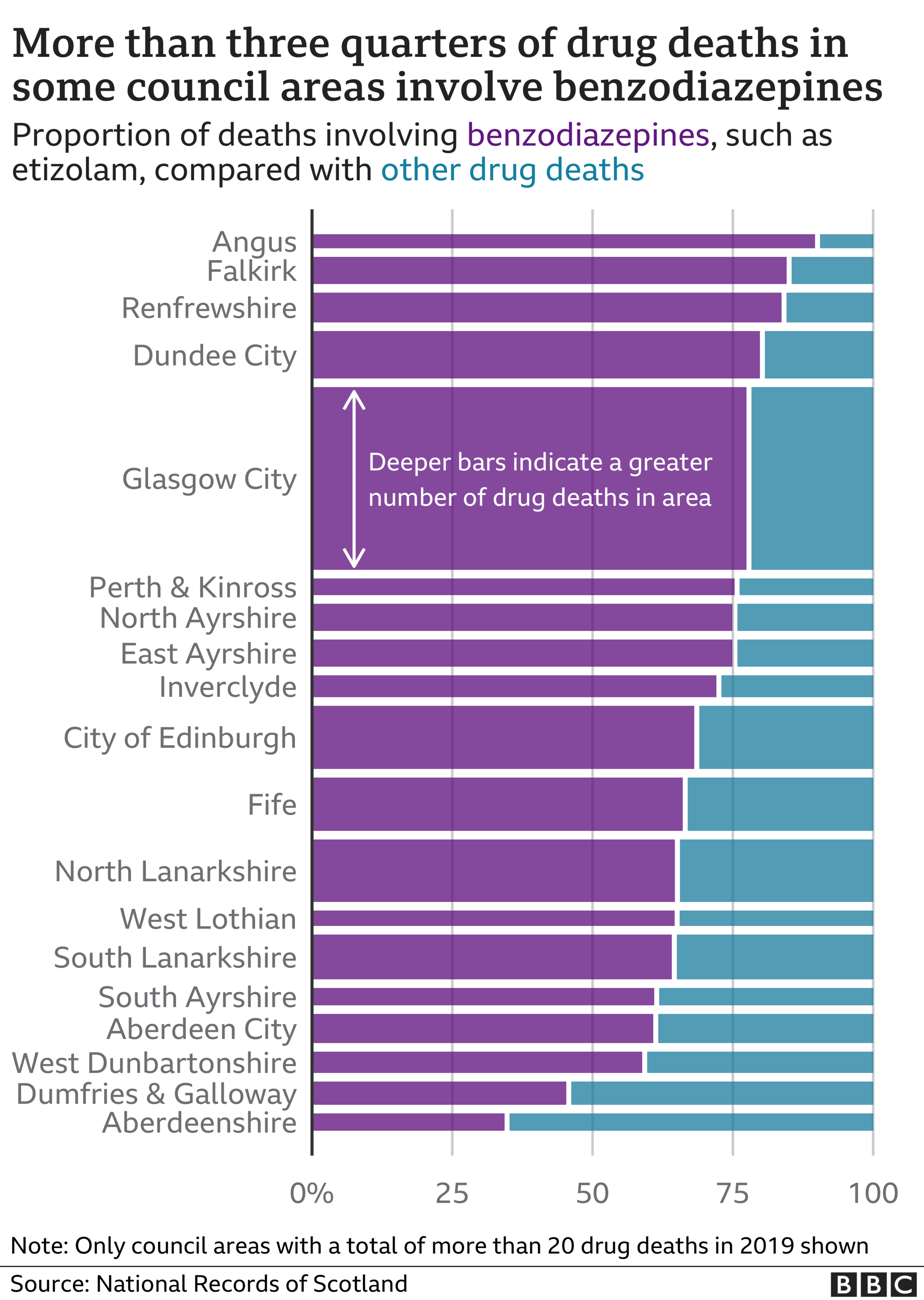

Benzodiazepines act as a sedative - slowing down the body's functions - and are often prescribed by doctors for sleeping troubles and anxiety.
However, the big problem with mixing street benzos with heroin and alcohol is that they have a similar effect on the body, says Dr Saket Priyadarshi of NHS Greater Glasgow and Clyde addiction services. They depress the respiratory system and leave people more at risk of overdose death, he says.
For years diazepam (valium) was the most common benzo and users often got hold of it through "diverted" NHS prescriptions.
One of the biggest changes in the past seven years has been the massive increase use of non-prescribed benzodiazepines or "street valium", which can be much stronger than prescribed tablets.
Etizolam first appeared in the figures for 2012 when it was related to one death. Between 2017 and 2019 it rose from 299 to 752 deaths, an increase of 150%.
The European Monitoring Centre for Drugs and Drug Addiction, external highlighted the problem of benzos, saying: "In Scotland, criminal groups are known to be involved in the large-scale illicit manufacture and distribution of fake benzodiazepine medicines."
It said the pills were typically made to look like 10mg diazepam tablets, and known as 'street Valium", but these fakes often contained new or uncontrolled benzodiazepines which posed a "high risk of severe poisoning".
Cocaine (365), Gabapentin and Pregabalin (438) have also seen a large rise in drug-related deaths.
4. The older generation of users are badly hit
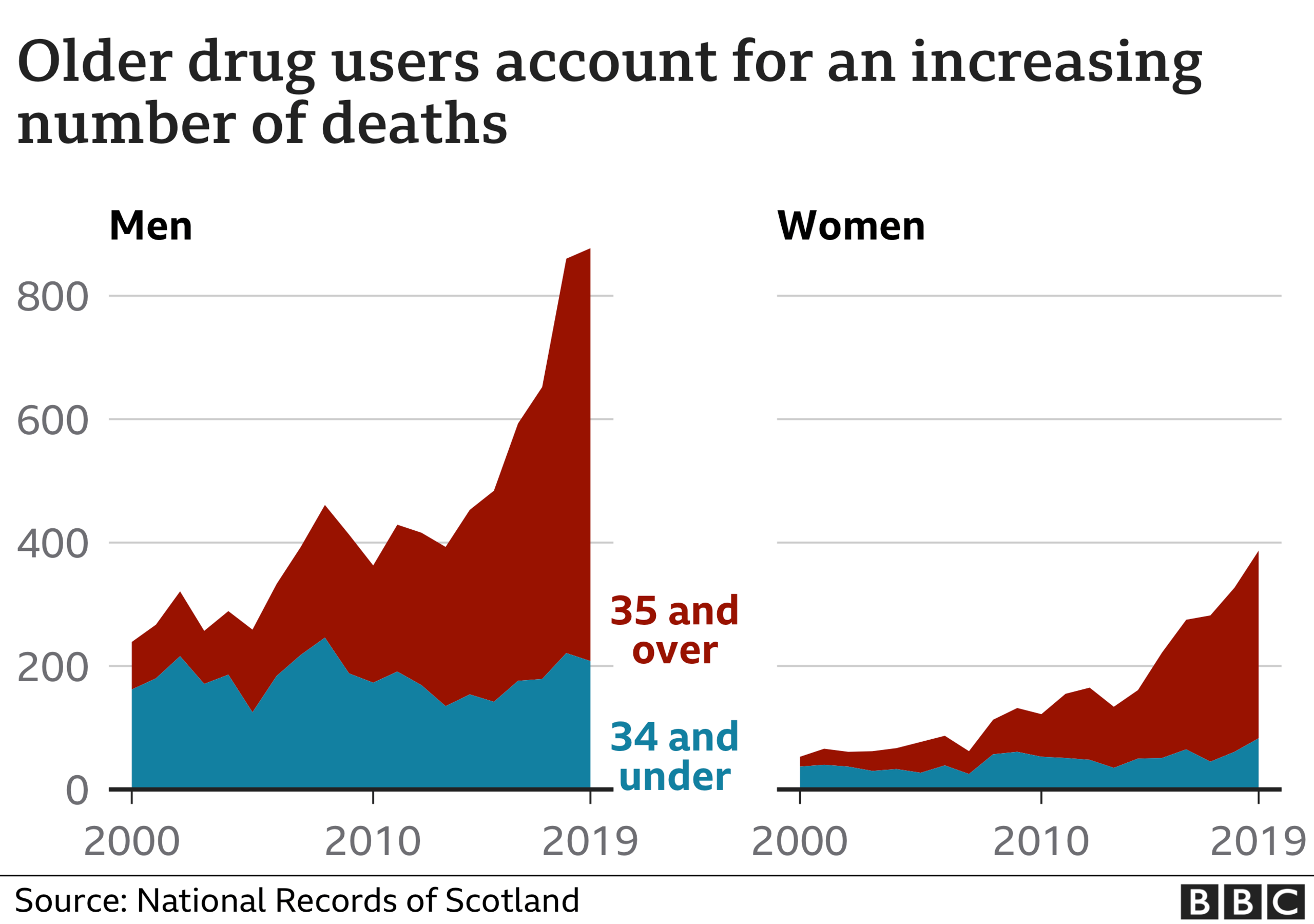

During the 1980s and 90s there was a significant increase in problem drug users in Scotland, which peaked about 20 years ago.
There is now an ageing population of drug addicts, mainly men, who have been using heroin for decades.
Last year, more than two-thirds (68%) of all drug-related deaths were of people aged between 35 and 54.
According to Prof Catriona Matheson of Scotland's Drug Deaths Taskforce the older users develop multiple serious health issues, particularly around respiratory diseases, liver diseases and blood-borne viruses. This adds a further vulnerability with regards to overdose deaths.
There was also an increase in 15-24 year old drug-related deaths, from 64 in 2018 to 76 in 2019 - 6% of all deaths.
5. It's a problem for urban areas


Problematic drug use is highest in areas of deprivation, where people are not getting opportunities in education and employment.
Drug use is 17 times higher in Scotland's poorest areas compared to the wealthiest.
Dundee City Council area has the worst drug death rate in Scotland at an average of 0.36 per 1,000 of the population over the past five years.
This is closely followed by Glasgow City (0.35) and Inverclyde (0.29), which includes the towns of Greenock and Port Glasgow.
The City of Edinburgh rate (0.17) is slightly lower than the average for the whole of Scotland but is still much higher than the UK average.
The three local authorities with the lowest rates of drug-related deaths in mainland Scotland are Aberdeenshire, as well as East Dunbartonshire and East Renfrewshire which border Glasgow but contain the well-off suburbs of Bearsden, Milngavie, Newton Mearns and Giffnock.
Rural areas such as Dumfries and Galloway, Highland and the Scottish Borders have pockets of problem drug users but their overall rate is much lower than the cities.
6. Dundee has developed a drug problem


Dundee overtook Glasgow as having the worst death rate in Scotland in 2017.
Its drug problem has grown massively over the past decade.
For a city of just 148,000 people to have 72 drug-related deaths in a year is startling.
The city has large areas of deprivation and has had problem drug users for a long time, says Dave Barrie, who works for Addaction in Dundee. But in recent years, he says, there has been a "perfect storm" of cheap heroin, cocaine and the market being flooded by the illicit sale of prescription drugs.
Mr Barrie says black market benzos could be the same strength as 10 prescribed tablets, causing opiate users to risk overdose.
Related topics
- Published15 December 2020
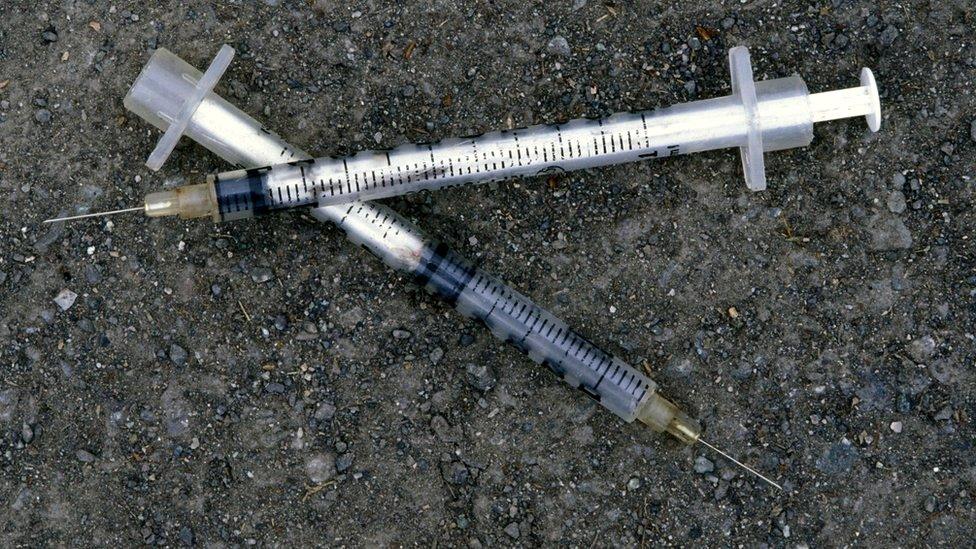
- Published16 July 2019
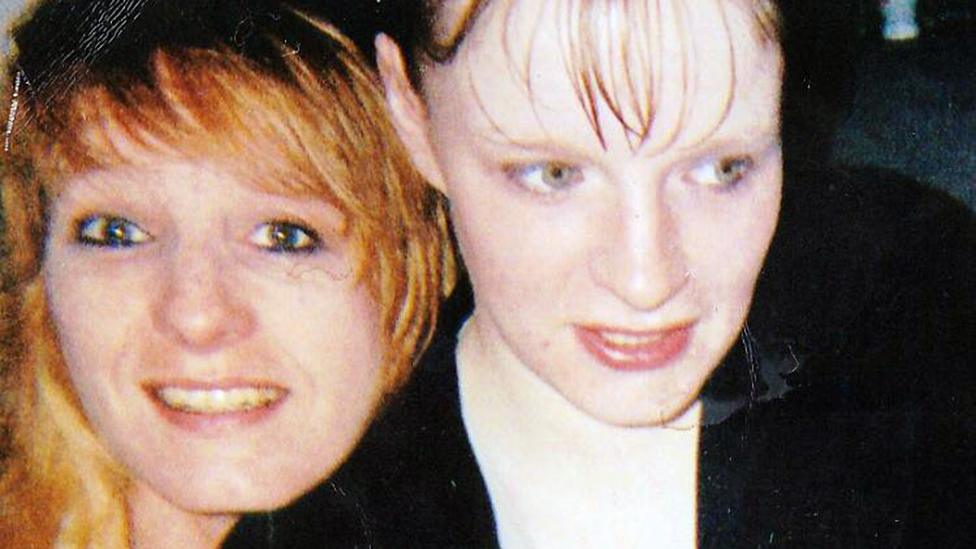
- Published9 July 2019

- Published5 July 2019
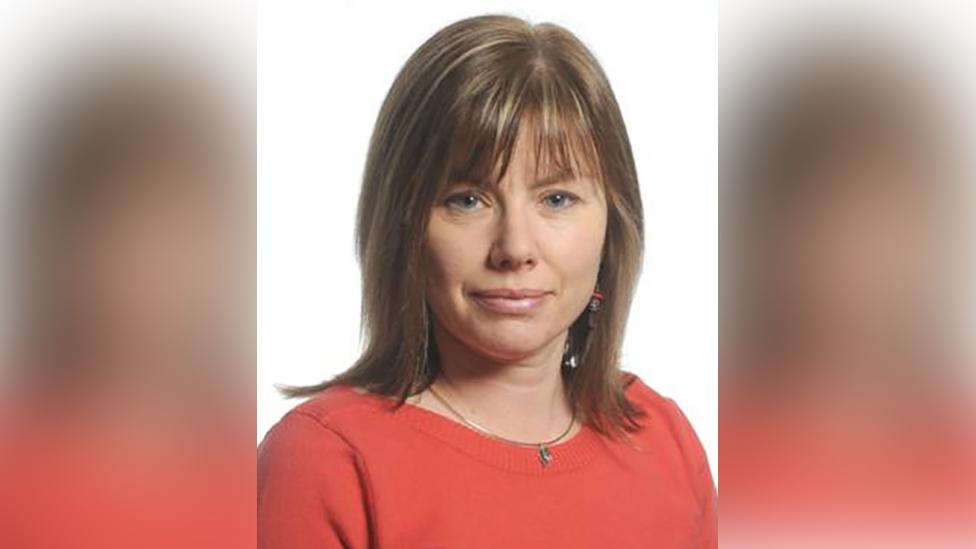
- Published25 February 2019
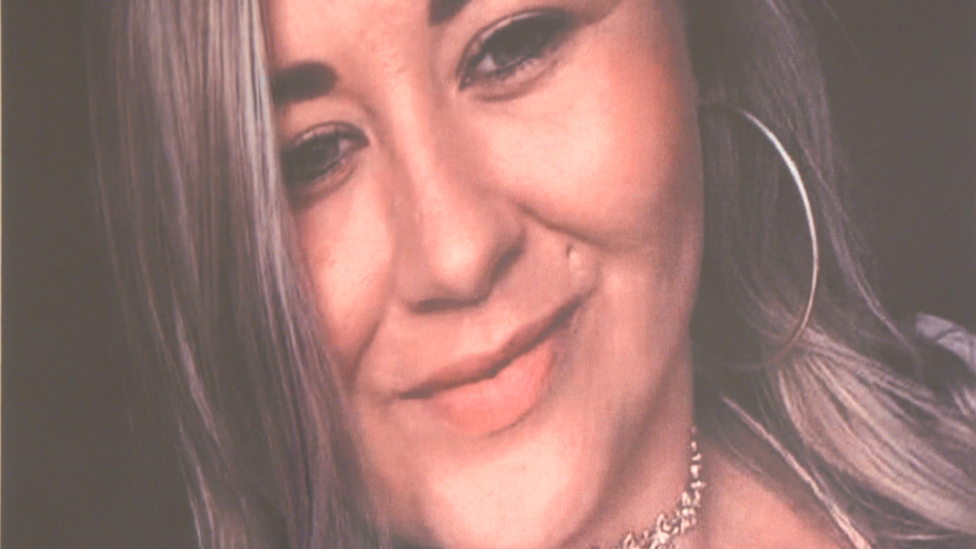
- Published3 July 2018
